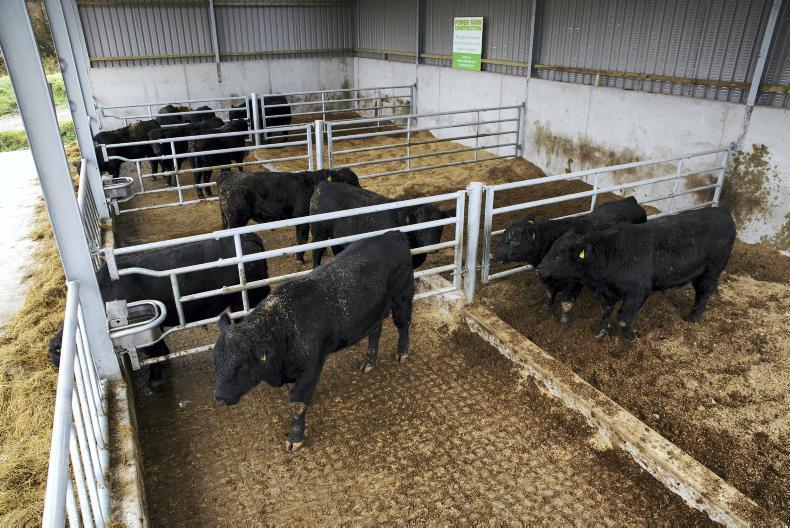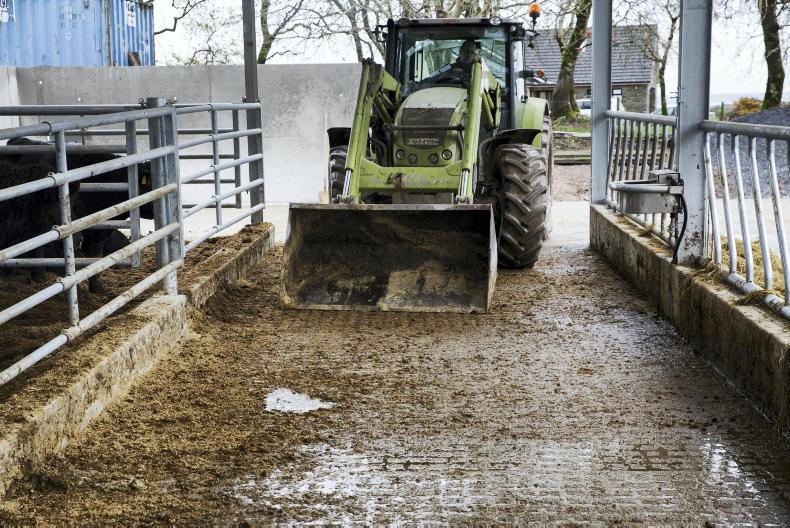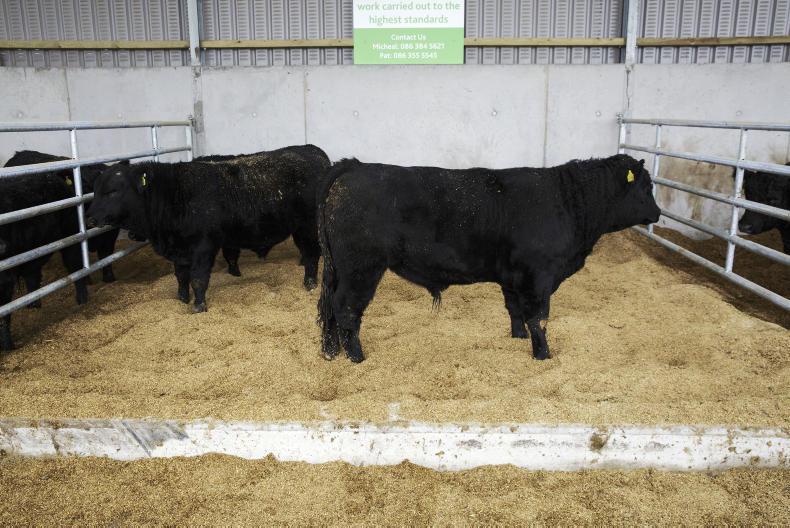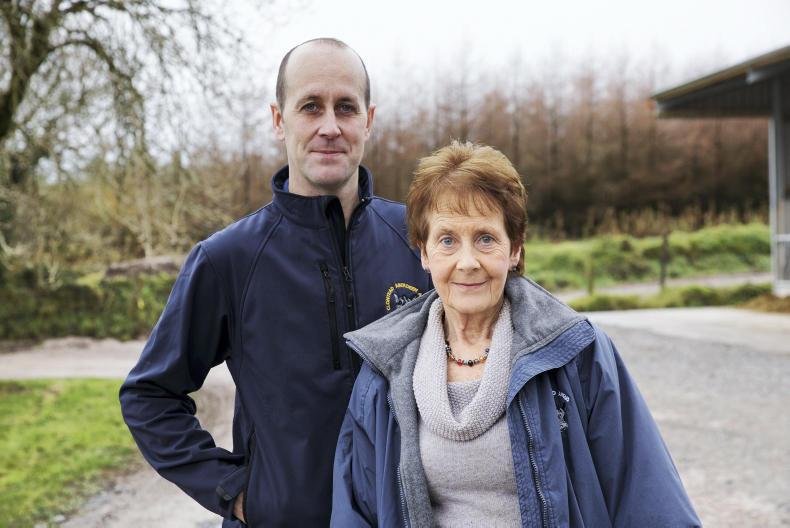
LOYALTY CODE:
The paper code cannot be redeemed when browsing in private/incognito mode. Please go to a normal browser window and enter the code there

LOYALTY CODE:
The paper code cannot be redeemed when browsing in private/incognito mode. Please go to a normal browser window and enter the code there
This content is copyright protected!
However, if you would like to share the information in this article, you may use the headline, summary and link below:
Title: Watch: bespoke shed for pedigree cattle in Cork
This shed was specifically designed to house pedigree bulls to ensure top performance pre-sale.
https://www.farmersjournal.ie/watch-bespoke-shed-for-pedigree-cattle-in-cork-237573

ENTER YOUR LOYALTY CODE:
The reader loyalty code gives you full access to the site from when you enter it until the following Wednesday at 9pm. Find your unique code on the back page of Irish Country Living every week.

CODE ACCEPTED

You have full access to farmersjournal.ie on this browser until 9pm next Wednesday. Thank you for buying the paper and using the code.

CODE NOT VALID
Please try again or contact us.
For assistance, call 01 4199525
or email subs@farmersjournal.ie
Sign in

Incorrect details
Please try again or reset password
If would like to speak to a member of
our team, please call us on 01-4199525
Reset
password
Please enter your email address and we
will send you a link to reset your password

If would like to speak to a member of
our team, please call us on 01-4199525
Link sent to
your email
address
![]()
We have sent an email to your address.
Please click on the link in this email to reset
your password. If you can't find it in your inbox,
please check your spam folder. If you can't
find the email, please call us on 01-4199525.
![]()
Email address
not recognised
There is no subscription associated with this email
address. To read our subscriber-only content.
please subscribe or use the reader loyalty code.
If would like to speak to a member of
our team, please call us on 01-4199525
 This is a subscriber-only article
This is a subscriber-only article
Update Success !
Making sure pedigree bulls are in top condition and looking their best is extremely important for breeders to improve their performance at shows and maximise the sale value of their stock.
Eustace Burke and his mother Deirdre run the Clontead Aberdeen Angus Herd, in Ballyginnane, Carrigaline Co. Cork. They have been producing Angus bulls since 2003, with regular success in shows since the herd’s establishment. Up to now, the Burkes were wintering bulls on kale. This worked pretty well, but there were three main pitfalls with this system which encouraged the change.
For one, bulls spending a winter outdoors meant their soles were not hardened and some bulls would develop tender feet after being reintroduced to concrete at a show. The Burkes run a high stocking rate and having land taken up with kale meant less grass available in the spring time.
With work commitments in Munster AI, Eustace can only do farm work morning and evening, limiting time available to manage paddock fencing of kale. For these reasons, they decided to build a shed which would cut down labour requirements and also help their endeavour to produce quality bulls for sale.
The shed
This is the new shed that was completed just on time for winter housing. It was started in mid-August and finished two weeks ago. Power Concrete contractors did all the concrete work and Michael Hickey in Bandon erected the shed.
It is four bays long, amounting to a total of 60ft long and 15ft wide. There is a feeding area to the front of the shed and a layback area at the back. The shed was specifically designed to house pedigree bulls.
As mentioned earlier, presentation is a key factor for pedigree bull production and many breeders are always trying to promote hair growth on their animals. By leaving the shed as open as possible, the Burkes hope good air movement will create an atmosphere similar to the outdoors, which should encourage hair growth. The combination of a good height at 13ft at the eaves, being fully open at the front and the side and central vent should all help encourage this. A roof overhang at the front of the shed will help prevent rain blowing inside.
“We decided not to put in head-locking barriers. We had some in another shed and felt there was too much hair being lost on necks and cattle tended to lose ear tags,” explained Eustace.
He said he might consider putting larger bull head-locking barriers in the future but at the moment the budget restricted this addition. The Burkes installed heavy-duty Teemore Engineering water troughs with 16-litre capacity to ensure intakes are not reduced by lack of water.

Inside the shed, the main feeding area is made up of a solid concrete floor. There is no slatted tank in the shed because the Burkes feared bulls hurting themselves on slats. Instead, any slurry build-up is cleaned away weekly with the front loader of the tractor and tipped into an existing slurry tank. The concrete floor is printed to reduce the chances of cattle slipping.
This printing work was carried out using an imprint roller (picture four) with a square print outline on its drum. When the concrete was 80% set, the imprint roller was used on the concrete. Eustace said he preferred the print system compared to concrete grooving because he feels the edge left in the concrete is not as sharp.

When cleaning out the slurry, cattle are locked into the back of the shed using the internal gates. “Bull’s hooves should be hardened nicely now walking on the concrete feeding area ready for showing,” explained Eustace. At the moment, there are 13 bulls housed in the shed. There is space for 16 to 18 but the Burkes do not want to push it too much because they feel animal performance might suffer if there are too many housed together.

In the layback area, cattle are bedded with sawdust. One load of sawdust (40m3 approximately) covers the four pens which costs €100 and the Burkes are hoping this will last for six to eight weeks before it needs to be changed again.
“Worst case scenario it will only last four weeks before it needs changing but we will play it by ear because it is all new to us,” explained Eustace.
He believes using sawdust is a cheaper alternative to straw bedding, where he estimates the costs would amount to €35/week. If the sawdust only lasted for four weeks, it still only works out at a cost of €25/week.
The layback area and the feeding area are at the same level rather than a sunken layback that is often seen in other sheds. Again this was done in order to prevent any hurts cattle might develop stepping down from the feeding area to the layback.
A 12in-high concrete curb helps prevent sawdust entering the feeding area. All the penning was provided by Teemore Engineering and Eustace erected it himself. The internal pillars sit in sleeves in the concrete and are all removable. The dividing gates are telescopic and can be lengthened when closing animals in the back of the shed during cleaning.

SHARING OPTIONS: